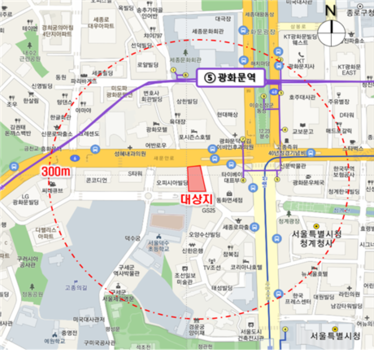Input 2021.01.15 07:30
On the 14th, the Ministry of Land, Infrastructure and Transport and the Seoul Metropolitan Government reviewed 60 of the 70 sites that participated in the public redevelopment candidate site competition, excluding 10 that were not subject to the competition, such as urban regeneration areas. As a result, Heukseok 2, Yangpyeong 13, Yongdu 1-6, Bongcheon 13, Sinseol 1, Yangpyeong 14, Sinmun-ro 2-12, and Gangbuk 5 were selected as candidates for public redevelopment.

The government plans to normalize the project by subsidizing initial project costs in Yangpyeong 13 district, and to reduce the floor area ratio of residential areas from 250% to 300%. In addition, it plans to increase profitability by excluding the pre-sale price cap system. In addition, the Ministry of Land, Infrastructure and Transport plans to provide public support such as simplification of licensing procedures and financing of project expenses.
It plans to supply half of the new housing supplied through public redevelopment, excluding the pre-sale for members, through public lease and profit-sharing charter. The Ministry of Land, Infrastructure and Transport expects to contribute to the stability of housing for young people, newlyweds and the elderly.

The eight sites that were selected as candidate sites this time are designated as public implementers by the Korea Land and Housing Corporation (LH) or Seoul Housing and Urban Corporation (SH) with the consent of the residents. The Seoul Metropolitan Government plans to establish a maintenance plan to which special cases for public redevelopment are applied, and by the end of the year as early as the end of the year, finalize the candidate site as a’public redevelopment maintenance zone’ and promote the project in earnest.

Meanwhile, the Ministry of Land, Infrastructure and Transport explained that as a result of the preliminary consulting for public reconstruction, it has also confirmed the feasibility of increasing the number of houses and reducing the burden of residents. The uses of the selected seven complexes were increased to ‘2 types general housing → 3 types general housing’ and ‘3 types general housing → semi-residential’.
An official from the Ministry of Land, Transport and Maritime Affairs said, “We increased the floor area ratio by an average of 182% points (P) compared to the current version due to the use change, and through this, the number of households increased by 58%.” It is analyzed to decrease to the level.”
The Ministry of Land, Infrastructure and Transport plans to select candidate sites for leading public reconstruction projects by March, and determine the leading projects in the third quarter after in-depth consulting and resident consent process. It is also expected to receive the 2nd public reconstruction pre-consulting contest by April.
